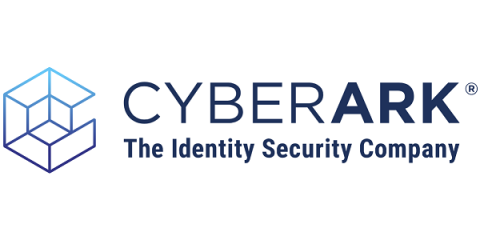Why ITDR Matters for Your Enterprise's Identity Security
You may not recognize the term Identity Threat Detection and Response (ITDR), but this emerging security discipline aims to address an all-too-familiar challenge: managing and securing the massive number of identities – human and machine – across the enterprise.








